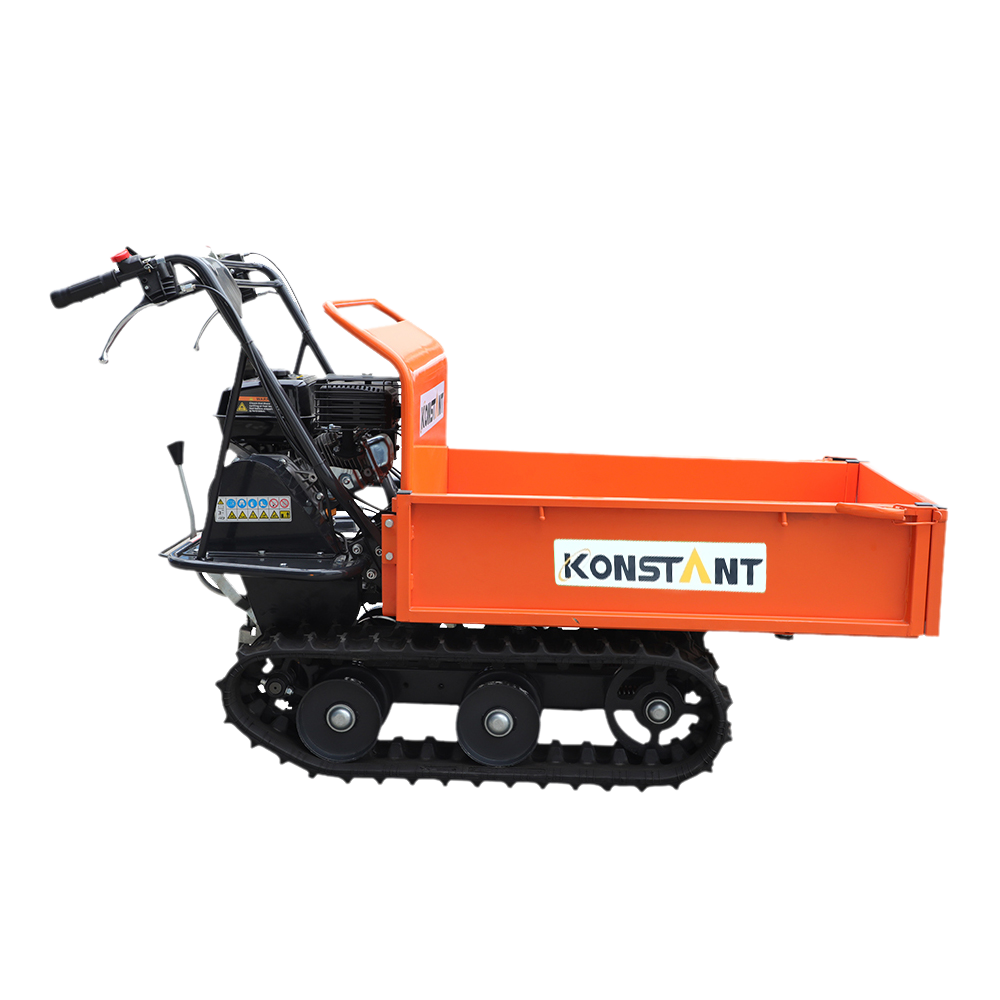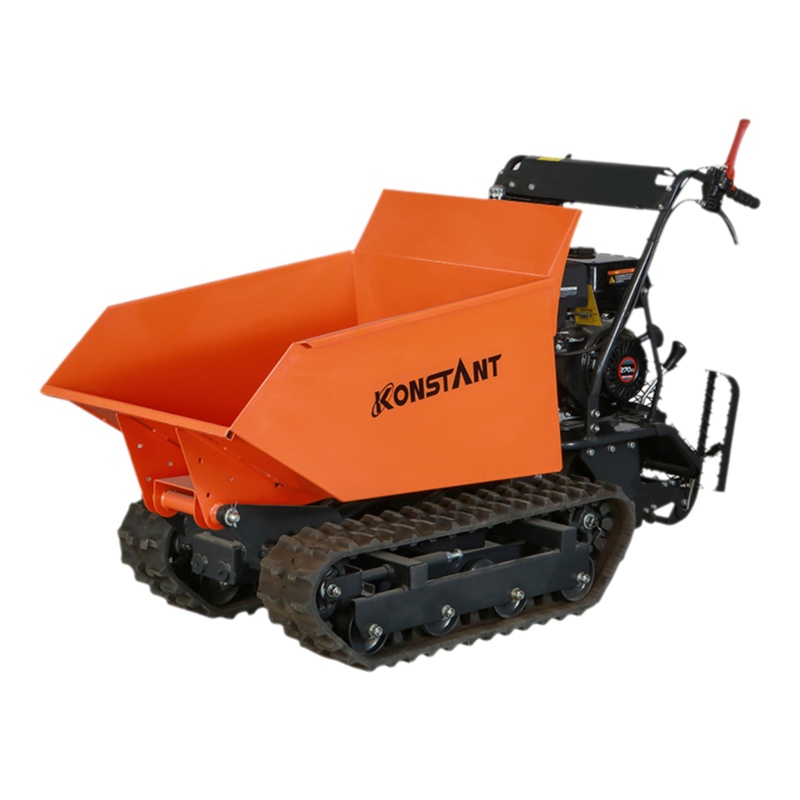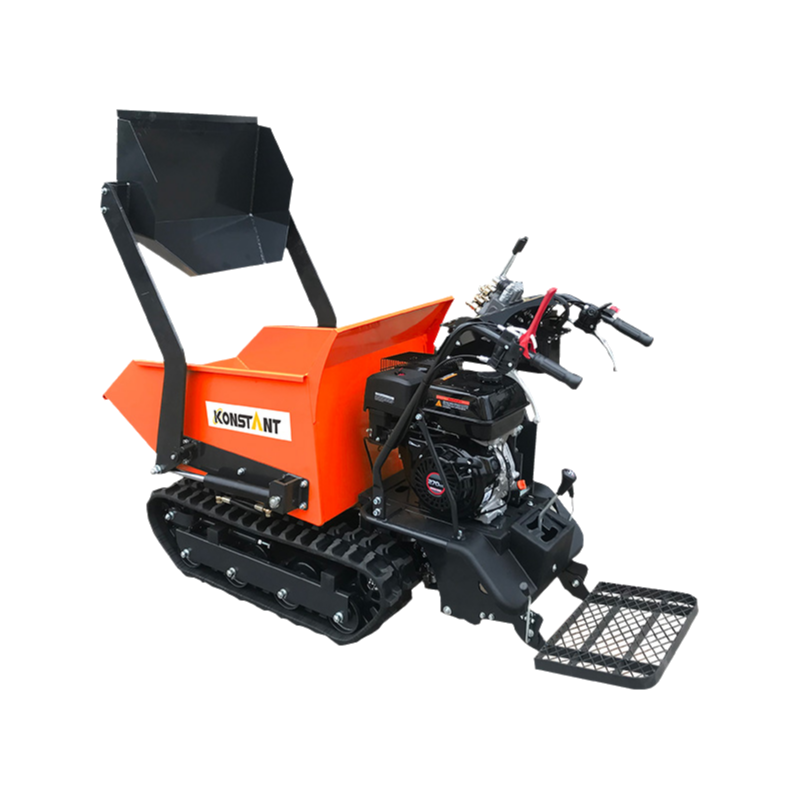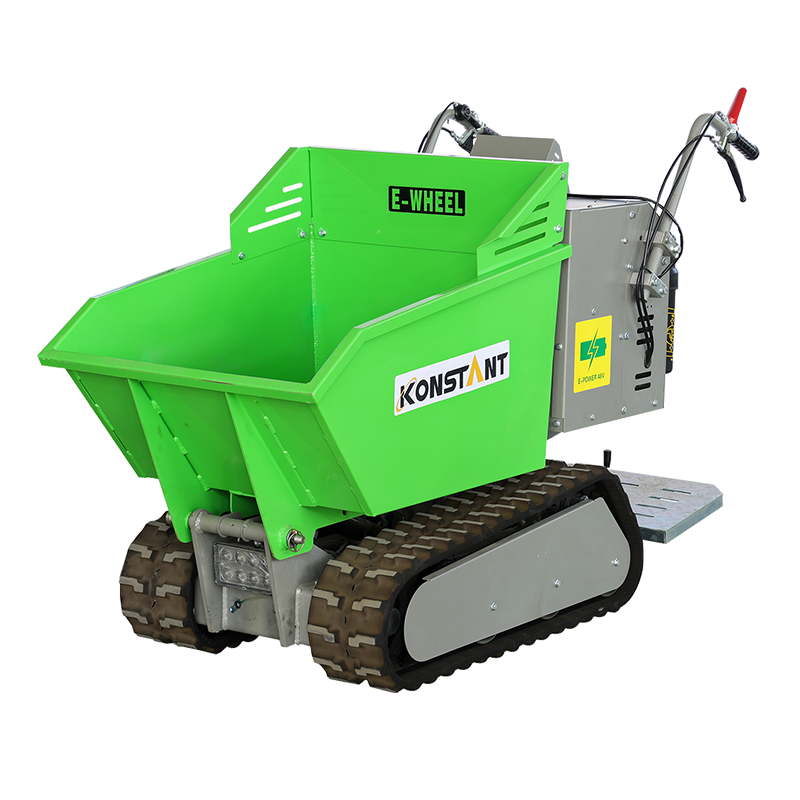Provide you with the latest enterprise and industry news
Why Should You Choose an Electric Garden Loader for Landscaping
Posted by Admin
Modern landscaping has evolved far beyond simple lawn maintenance. With growing demand for efficiency, sustainability, and precision, landscaping professionals and homeowners alike are turning to innovative equipment solutions. Among these, the Electric Garden Loader has emerged as a practical, eco-friendly tool that simplifies material handling while reducing environmental impact. This machine combines mobility, lifting, and versatility, making it a valuable asset in both residential gardens and commercial landscaping projects.
As outdoor spaces become more complex, traditional manual methods or gas-powered machines may not meet the growing requirements for efficiency and environmental responsibility. Understanding the benefits, features, and comparisons with conventional equipment can help decision-makers select the right solution for their landscaping needs.
Why Electric Garden Loaders Are Gaining Popularity
Sustainable and Quiet Operation
One of the primary advantages of an electric model is its eco-friendly nature. Unlike gas-powered equipment, electric loaders produce minimal emissions, making them suitable for residential areas, parks, and urban landscaping. Reduced noise levels also contribute to a more pleasant environment for both workers and residents, particularly in densely populated neighborhoods or near sensitive spaces like schools and hospitals.
Efficiency in Material Handling
Electric Garden Loaders simplify the transportation of soil, mulch, gravel, and other materials. Their compact design allows operators to maneuver easily through tight pathways, steep inclines, and confined garden areas. By combining lifting and transport in a single machine, they reduce the number of trips typically required with wheelbarrows or manual labor, saving both time and effort.
Lower Operating Costs
While electric loaders may involve higher initial investment than manual tools, they often result in cost savings over time. Lower energy consumption, minimal fuel requirements, and fewer maintenance needs contribute to long-term operational efficiency. Additionally, fewer workers may be needed for material handling tasks, helping landscaping businesses optimize labor resources.
Key Features to Consider When Choosing an Electric Garden Loader
Selecting the right Electric Garden Loader depends on project scale, terrain, and intended applications. Evaluating these features ensures the equipment meets both performance and operational goals.
| Feature | Why It Matters | Recommended Use |
|---|---|---|
| Battery Life | Determines operational time between charges | Daily residential or commercial projects |
| Maneuverability | Affects ease of navigation in tight or uneven areas | Small gardens, pathways, urban sites |
| Attachments | Expands functionality for multiple tasks | Soil transport, plant relocation, debris removal |
| Load Capacity | Influences efficiency and number of trips | Medium to large landscape projects |
| Safety Features | Reduces risk of accidents and material damage | All operators, especially new users |
This table provides a quick reference to compare key aspects of an electric loader, helping decision-makers match equipment to project needs efficiently.
Electric vs Gas-Powered Loaders: Costs, Emissions, and Maintenance
Comparing electric and gas-powered loaders highlights the practical advantages and trade-offs for landscaping professionals.
Energy and Fuel Costs
Gas-powered machines require fuel purchases and regular refueling, which adds both cost and handling complexity. Electric loaders, by contrast, run on electricity, which is often less expensive and easier to manage. Depending on usage, energy savings can be substantial over the equipment's lifetime.
Emissions and Environmental Impact
Electric loaders produce no direct emissions, making them a cleaner choice for both outdoor and indoor environments. Gas-powered models emit exhaust and contribute to noise pollution, which can be restrictive in residential or urban projects. Choosing an electric option aligns with sustainable landscaping practices and regulatory requirements in many areas.
Maintenance Requirements
Gas machines typically require regular engine servicing, oil changes, and filter replacements. Electric loaders have fewer moving parts and simpler drivetrains, which reduces routine maintenance needs. While battery care is important, it generally involves less labor-intensive upkeep than fuel-based engines, minimizing downtime and service costs.
Performance Considerations
Although electric loaders may have limitations in terrain or very high-volume applications, modern designs offer comparable lifting and transport capacity for residential and medium-scale commercial projects. Technology improvements continue to close the gap, making electric models a viable alternative for many operators.
Practical Benefits for Landscaping Projects
Time Savings
Electric loaders allow operators to complete repetitive tasks, such as moving soil or mulch, in fewer trips than manual methods. This efficiency frees up time for other landscaping activities, from planting to pathway installation.
Reduced Physical Strain
Using a mechanized loader minimizes the need for lifting, bending, and carrying heavy materials. This reduces worker fatigue and lowers the risk of minor injuries, contributing to a safer working environment.
Environmental Responsibility
Adopting electric loaders demonstrates a commitment to sustainable practices. By minimizing emissions, noise, and fuel consumption, landscaping businesses can align operations with eco-friendly initiatives and client expectations.
The Electric Garden Loader represents a significant evolution in landscaping equipment. By combining compact design, energy efficiency, and versatile attachments, it offers practical solutions for both residential gardens and commercial projects. When compared with gas-powered alternatives, electric loaders provide lower emissions, quieter operation, and reduced maintenance needs, all while maintaining reliable performance.
Selecting the right loader involves careful consideration of battery capacity, maneuverability, attachments, and project requirements. By understanding these factors, landscaping professionals can make informed decisions that balance efficiency, cost, and sustainability.
As modern landscaping continues to prioritize eco-conscious practices and operational efficiency, the electric loader is more than a convenience—it is an essential tool that enhances workflow, reduces environmental impact, and supports long-term project success.

 English
English русский
русский Français
Français Español
Español Deutsch
Deutsch















